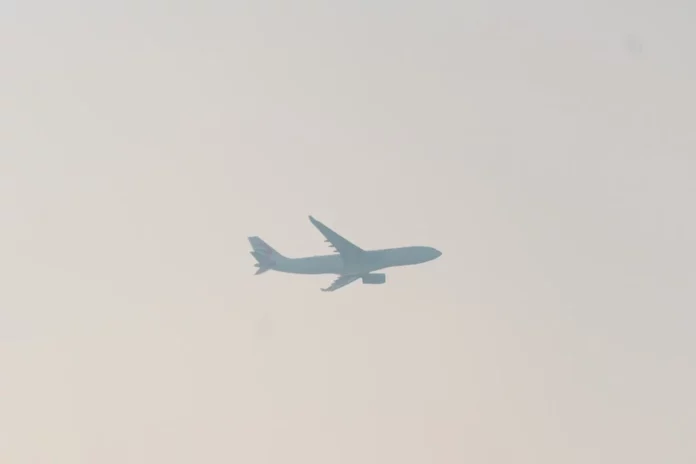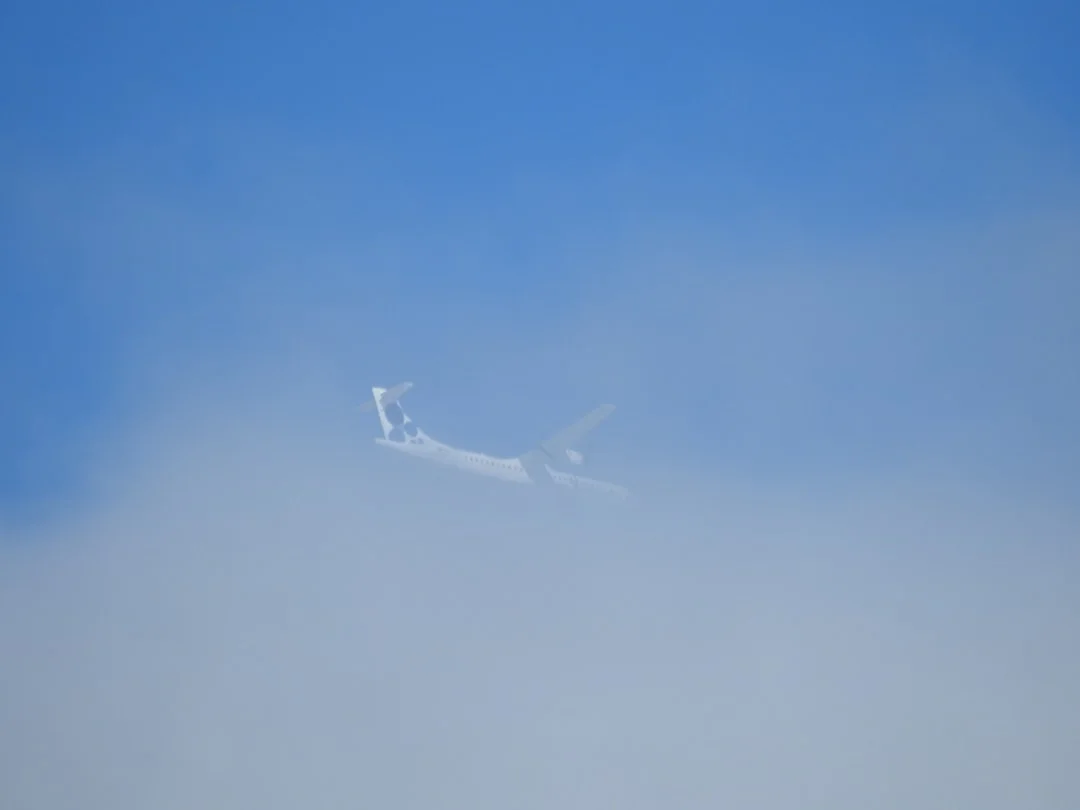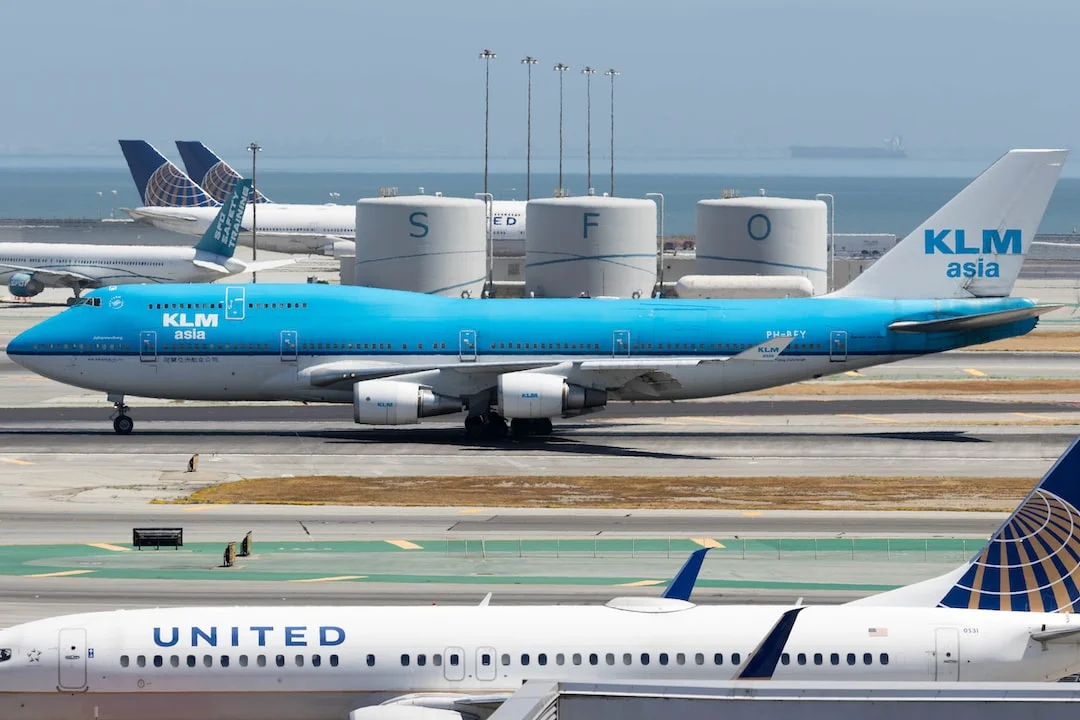The Airbus A320 is a popular narrow-body aircraft used by many airlines around the world. It is known for its efficiency, reliability, and advanced technology. One important feature on the Airbus A320 is the Heading Selected (HDG/S) function. In this article, we will explore what Heading Selected is and how it is used in flight operations.
Understanding Heading Selected
The Heading Selected feature on the Airbus A320 refers to the ability of the aircraft’s autopilot system to maintain a specific heading or course. It allows the pilot to input a desired heading into the autopilot system, and the aircraft will then automatically fly that heading.
Heading Selected is an essential tool for pilots, especially during instrument flight rules (IFR) operations or when operating in poor weather conditions. By setting a specific heading, pilots can ensure that the aircraft stays on track and follows the desired course. This helps in avoiding any deviations from the intended flight path and enhances safety.
When engaged, the Heading Selected function integrates with other systems on the Airbus A320, such as the flight management system and inertial reference system. These systems work together to ensure accurate navigation and control of the aircraft.
Using Heading Selected in Flight
To use Heading Selected on the Airbus A320, the pilot enters the desired heading through the aircraft’s flight control panel. The autopilot system then takes over and adjusts the aircraft’s heading accordingly, using the flight control surfaces to maintain the selected heading.
The Heading Selected function can be particularly useful during certain flight phases, such as climb, cruise, descent, and approach. During climb and descent, for example, the pilot can use Heading Selected to maintain a specific track or follow an assigned heading issued by air traffic control.
In cruise, Heading Selected can be used to maintain a desired course, which helps in achieving fuel efficiency and reducing deviations from planned routes. Similarly, during approach and landing, pilots can use Heading Selected to align the aircraft with the runway centerline.
It’s important to note that Heading Selected is just one part of the larger autopilot system on the Airbus A320. It works in conjunction with other modes, such as vertical speed (VS), altitude hold (ALT), and flight level change (FLC), to provide seamless control and navigation throughout all phases of flight.
The Importance of Heading Selection
Heading Selection plays a crucial role in ensuring the safety and efficiency of flight operations. By accurately setting and maintaining the desired heading, pilots can achieve precise navigation, minimize deviations, and enhance situational awareness.
Furthermore, the use of Heading Selected helps in reducing pilot workload, especially during critical phases of flight. By letting the autopilot system handle the heading control, pilots can focus more on other important tasks, such as monitoring systems, communicating with air traffic control, and ensuring a smooth flight experience for passengers.
Overall, the Heading Selected function on the Airbus A320 is an essential tool that contributes to the aircraft’s operational capabilities. It allows pilots to maintain precise heading control, improves navigation accuracy, and enhances the overall flight experience for both the crew and passengers.
If you want to learn more about the Airbus A320 and its systems, you can visit the official Airbus website here.




